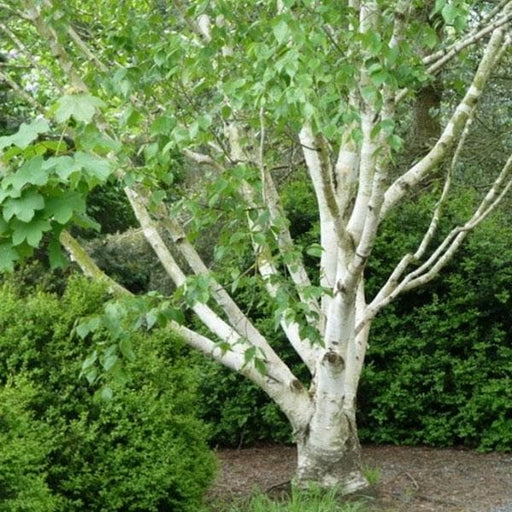I discovered Himalayan birch, also known as Bhojpatra or Bhurja, during my recent trip to Kashmir. The tree holds so much importance in Ayurveda, owing to its amazing properties! What is Himalayan birch? The perennial Himalayan birch (Betula utilis) is a member of the Betulaceae family of trees.It grows in neutral, essential and acidic soils. Originally from the Himalayas, the tree is currently found in China, Bhutan, Tajikistan, Afghanistan, India, Uzbekistan, Kyrgyzstan, Nepal, Kazakhstan and Pakistan. People used it for writing in the past. Because of its anti-dandruff properties, it also has cosmetic applications. The therapeutic properties of Himalayan birch are numerous, and it is a unique source of phytochemical substances. Medicinal properties Bhojpatra has many medicinal properties that make it an ingredient in Ayurvedic medicines. It belongs to a group of herbs that are proven to be anti-diabetic. The bark of the tree is fragile and lightweight, like paper and is used in making medicines to reduce diabetes. One of the most important Ayurvedic medicines made with this herb is Ayaskriti. It also treats convulsions, bleeding, diarrhea, wound cleaning, earaches, and mental illnesses. Additional properties People in the past also utilized the bark of Himalayan birch to make paper. Kalidasa, the classical Sanskrit author, reportedly wrote his scriptures on specially prepared thin sheets from the bark of this tree. People still use it today as a paper for writing mantras and even wear it as protection in some parts of India. The Himalayas boast a great wealth of medicinal plants, but it is also sad to know that many of these species now face threats, and loggers, collectors, and climate change have categorized Himalayan birch as “critically endangered.” Himalayan birch is well-known for its therapeutic and helpful properties in Ayurveda. People know that they have antibacterial, anti-inflammatory, and anti-cancer properties and mainly use them to make ayurvedic medicine for diabetes. There are a lot more properties of this tree. But the sad part is it is reducing in count due to climatic change and other environmental factors. Doctor Rekha is a 4th generation Ayurvedic Medicine Doctor (BAMS) and also one of the best ayurvedic doctor in trivandrum city, living in between Dubai and India who has patients from around the globe who believes that the wisdom of Ayurveda can help everyone lead a happy, heathy and disease-free life. If you are struggling with any health issues, you can either book a consultation with us or send us a message via WhatsApp to +91 79074 89839. We have the best Ayurvedic doctors in Trivandrum who are always glad to help you. If you have any queries, contact us. You can also visit us at our hospital.
Himalayan Birch And Its Medicinal Benefits
